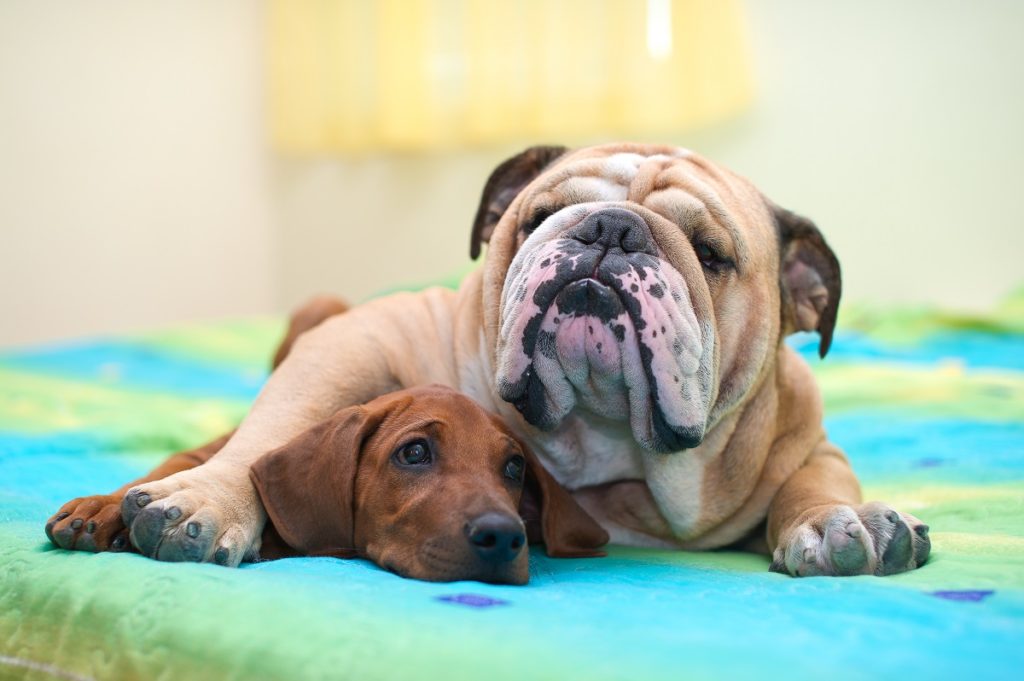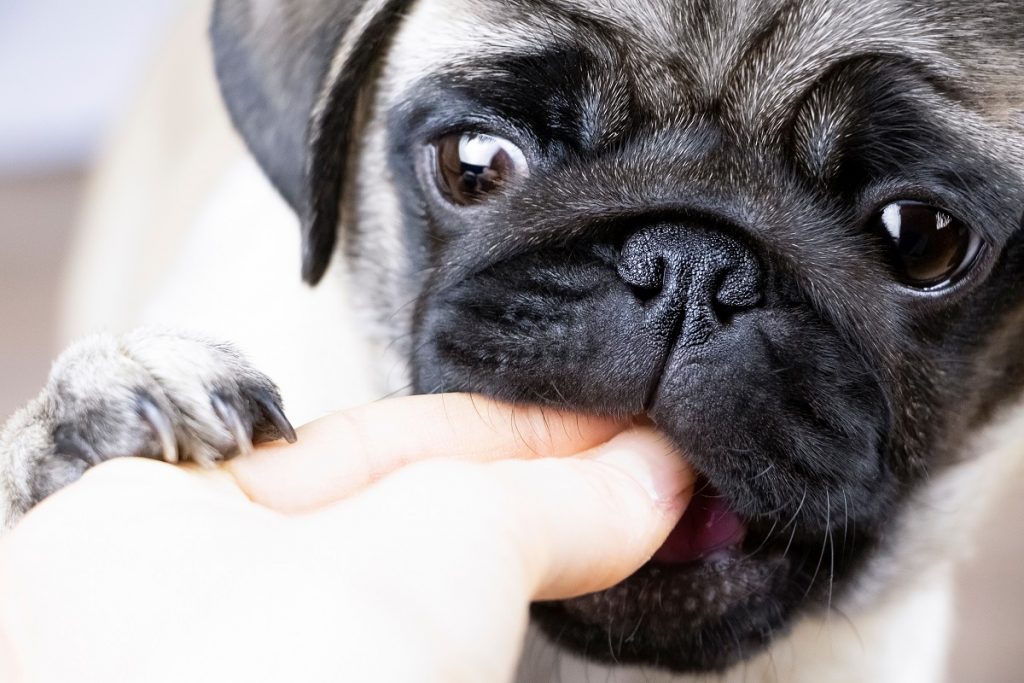One of the most stressful life events is moving to a new home. It’s rated as aggravating as going through a divorce or breakup. Yet 32 million people have moved within and outside their states because of new jobs. That is usually for better weather or lifestyle and just a change of scenery. For whatever purpose, the experience is rarely enjoyed.
What if you had to do it and you have pets to move with you?
The Moving Parts
Pets don’t instantly adapt to change. Whether you’ve got a haughty cat or an innocent dog, a domesticated animal’s going to have a rough reaction to a new environment — without the right preparation. The new sights and smells of unfamiliar surroundings will be threatening or scary. They are bound to feel anxious about your new home.
Just as you’d take careful steps when a professional exterminator is scheduled at your home to ensure your pets aren’t harmed by extermination, so should you take great care preparing your cat or dog for the move.
Where do you start?
Pet-proof your new home.
You need to make sure the new home is welcoming to both you and the animal. Find a designated room to hold your pet as the movers come in with your belongings. In this room, set up food and water dishes. Make sure there are no nooks that could lead your pet to escape or cords that could endanger them. Choose a room that’s away from the noise because it has to be a safe space.
Introduce the idea to your pet.
You’ll want to bring in the moving boxes a week or so before you move. This way, your pets will get used to the sight and smell of the boxes. Days before the move, start feeding your pet close to their crate. Move their dish closer to the rear of the carrier so that they won’t feel anxious in it come moving day. The whole point is not to surprise your pets and to gradually help them accept the move with less anxiety.

The Moving Day
The careful preparations can add to your aggravation, but your efforts will mean a great deal for your pets. So on moving day, continue getting your pets ready.
Start by going about your routine, making sure your pet doesn’t get jolted by a new activity. You’ll want to ease them into a room where you intend to keep them when the movers are loading up your belongings.
Keep them comfortable, and try to keep the noise to a minimum. Another option would be to have your pets stay at a friend’s house. This way, they won’t have to hear or see the movers.
Although you may be tempted, resist the urge to open the carrier to soothe your pets while in transit. They may try to get out.
Once you get to your new home, place your pets in the room you’ve assigned for them. You’ll worry less when they’re secured.
Of course, the acclimation to the new home can only begin after the movers have gone, and you’re okay to put your feet up to relax. Open the door to their room and let them freely explore. Leave treats along the way to encourage them. When your pets seem to relax indoors, try to show them the outdoors. That ensures they’ll get used to the entire property soon enough.
Most pets adjust to their new surroundings in a day or two. The key is to be patient just as you need to be even-tempered when moving.




